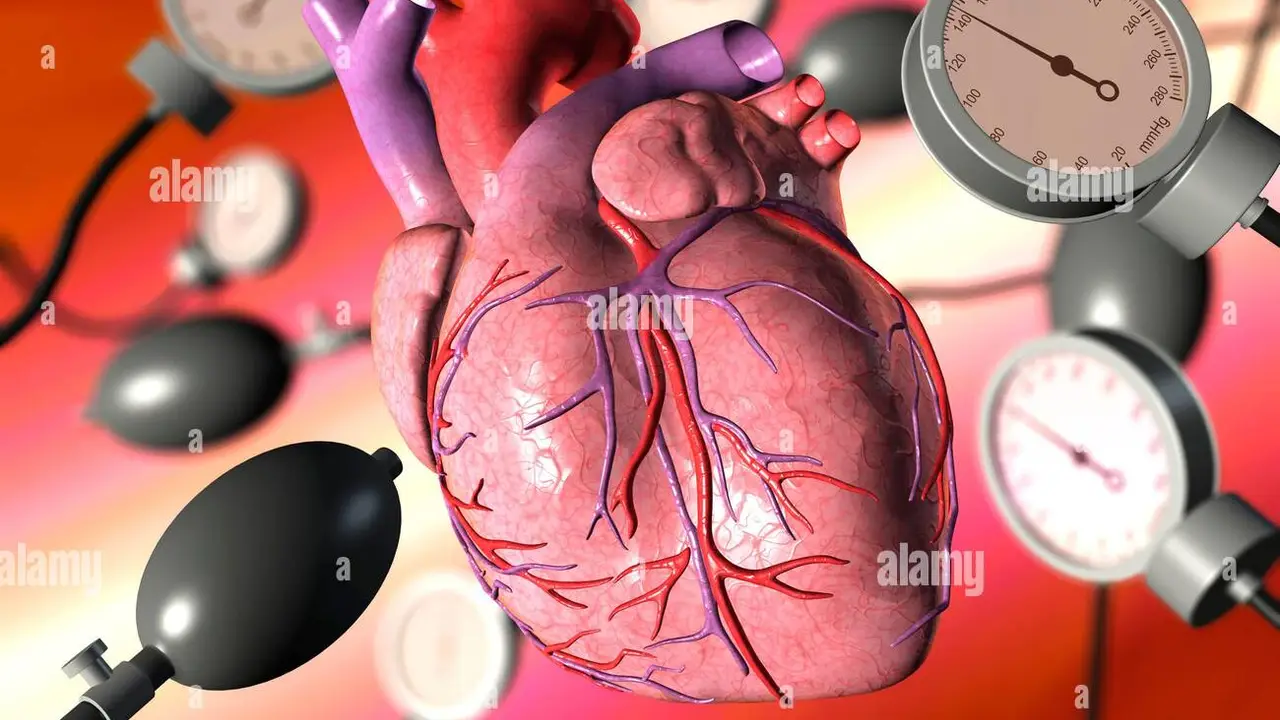Blood Pressure Basics and Tips for Healthy Levels
If you’ve ever wondered why doctors keep asking about “BP,” you’re not alone. Blood pressure is simply the force your heart uses to push blood through arteries. When that force stays too high over time, it can damage vessels and lead to serious health problems. Knowing the numbers, what moves them up or down, and how to act on them can save you headaches (literally) and future doctor visits.
What Affects Your Blood Pressure
Your BP isn’t set in stone; it reacts to everyday choices. Salt‑rich meals make the body hold onto water, which pushes harder against artery walls. Stress spikes adrenaline, tightening vessels for a short burst of higher pressure. Lack of sleep, smoking, and excess alcohol all add fuel to the fire. Even genetics play a role—some families run a tighter baseline—but lifestyle can still shift those numbers in a good direction.
Practical Ways to Keep BP in Check
First off, cut back on processed foods. Swapping chips for fresh veggies and choosing fruits over sugary snacks trims sodium and adds potassium, which helps balance pressure. Aim for at least 150 minutes of moderate activity each week—think brisk walks, cycling, or dancing. Moving your body regularly lowers heart strain and improves vessel elasticity.
Stress management matters more than you think. Simple breathing exercises, short meditation breaks, or even a quick walk outside can calm the nervous system and drop BP within minutes. If you drink alcohol, keep it moderate—no more than two drinks a day for men, one for women. And quit smoking; each cigarette raises BP temporarily and damages arteries over time.
Stay on top of your numbers. A home monitor lets you see trends without the white coat effect. Record readings at the same time each day, preferably before breakfast and after a calm morning routine. If you’re prescribed medication, take it exactly as directed—don’t skip doses hoping to “feel better.” Talk to your doctor if side effects bother you; there’s often an alternative.
Weight matters, too. Even a modest loss of 5‑10% of body weight can shave several points off systolic pressure. Focus on balanced meals and regular movement rather than crash diets. Small, sustainable changes add up without the burnout that comes from drastic restrictions.
Hydration is an underrated factor. Dehydration makes blood thicker, forcing the heart to work harder. Aim for eight glasses of water a day, more if you’re active or live in a hot climate. It’s an easy habit that supports overall cardiovascular health.
Finally, keep learning. Our site features articles on specific medications, diet plans, and real‑world stories from people managing hypertension. Browse the Blood Pressure tag for deeper dives into topics like low‑sodium recipes, exercise routines tailored to heart health, and how to talk with your doctor about treatment options.
Taking control of blood pressure isn’t a one‑time fix; it’s a series of daily choices that add up. Start small—swap one salty snack for fruit today—and watch the numbers improve over weeks. Your heart will thank you, and so will the rest of your body.

How Olmesartan/Amlodipine Can Help Prevent Hypertension-Related Complications
Finnegan O'Sullivan Nov 8 18Hey there! I just wanted to talk about something important regarding a concerning health issue - hypertension. Olmesartan and Amlodipine can play a huge role in preventing complications related to this silent killer. As someone who values his health, I always seek ways to control hypertension risk factors for a healthier and safer life. I believe understanding how these two drugs can aid in the management of high blood pressure can make a great difference in your life too. Join me as we delve deeper into this topic.
More Detail